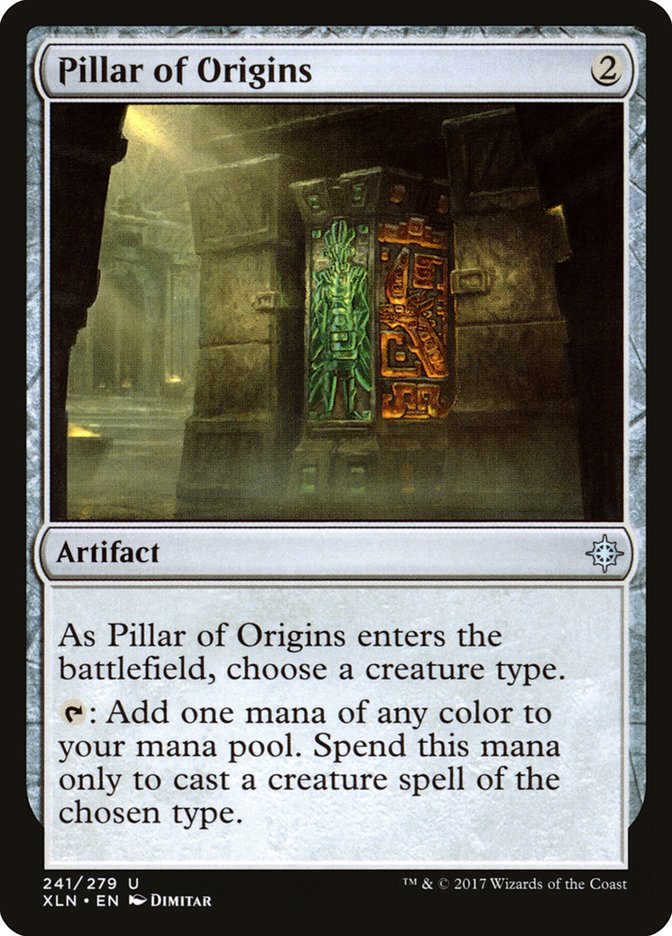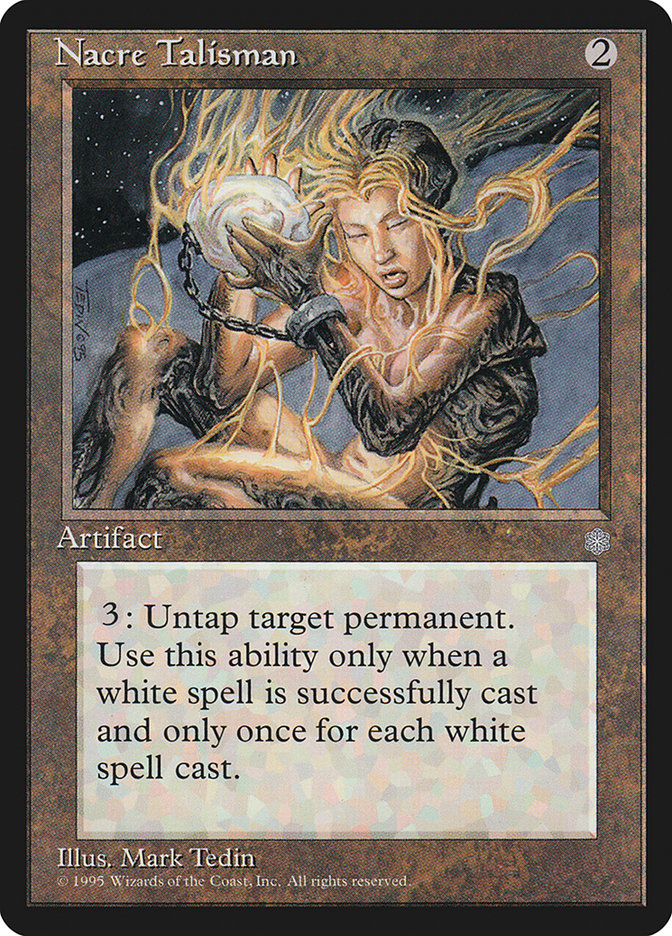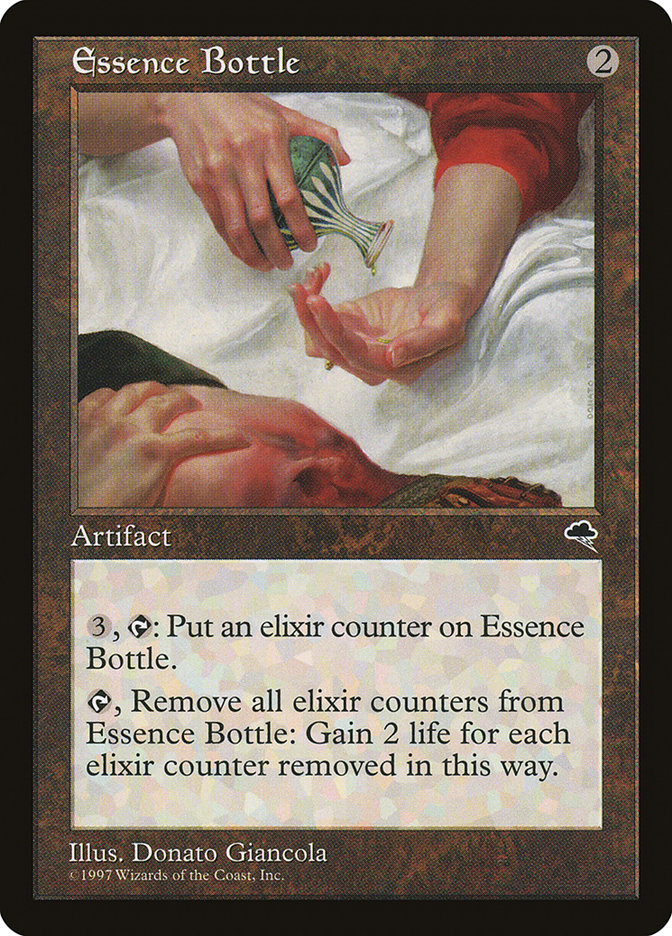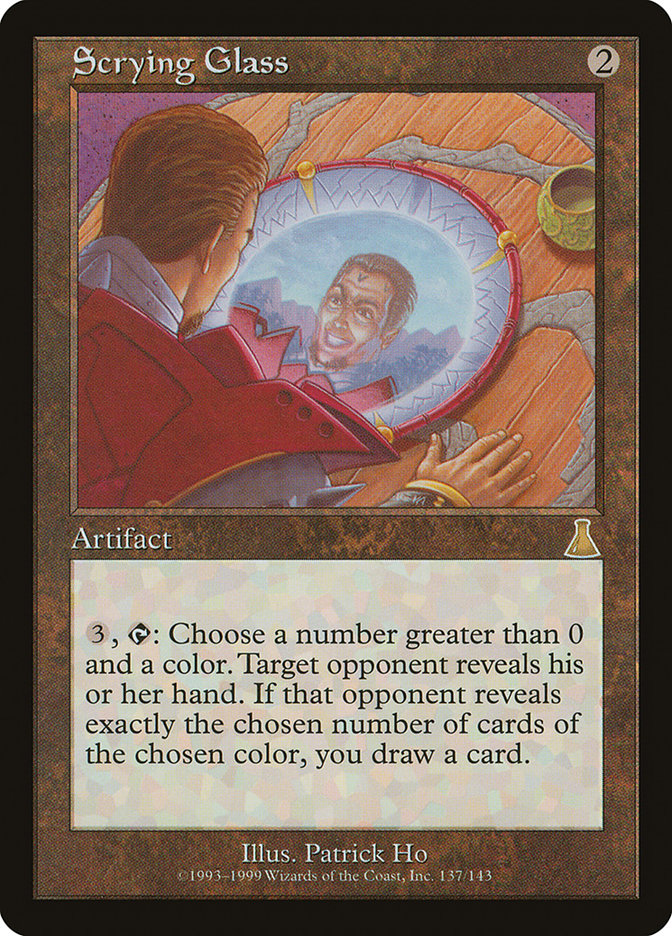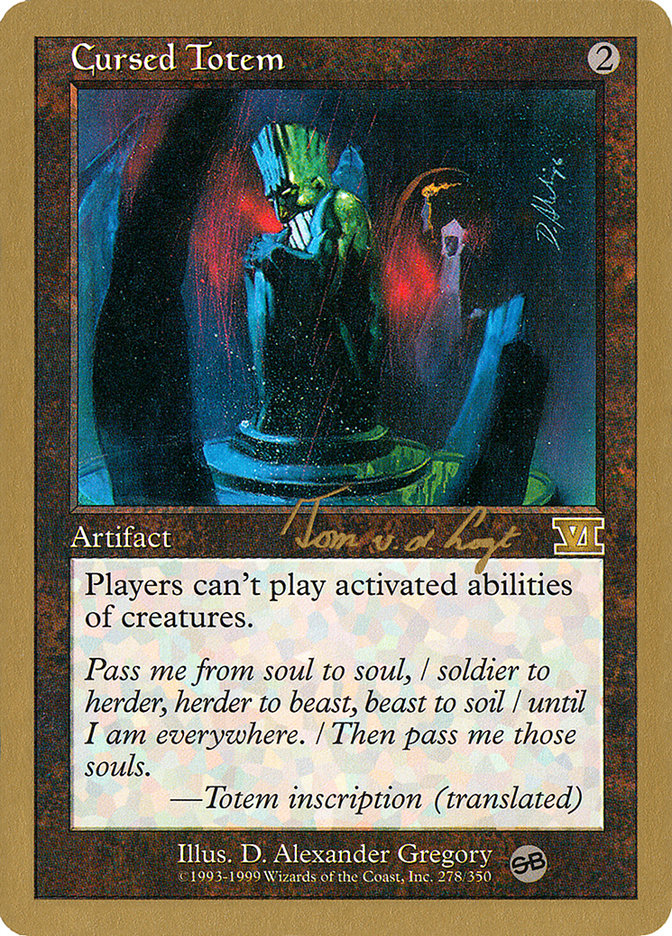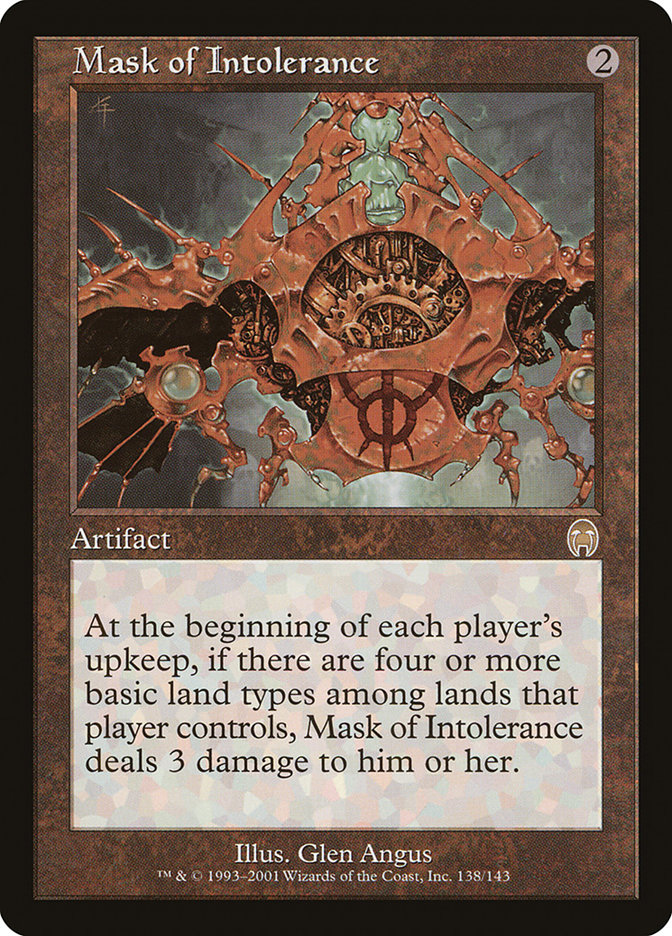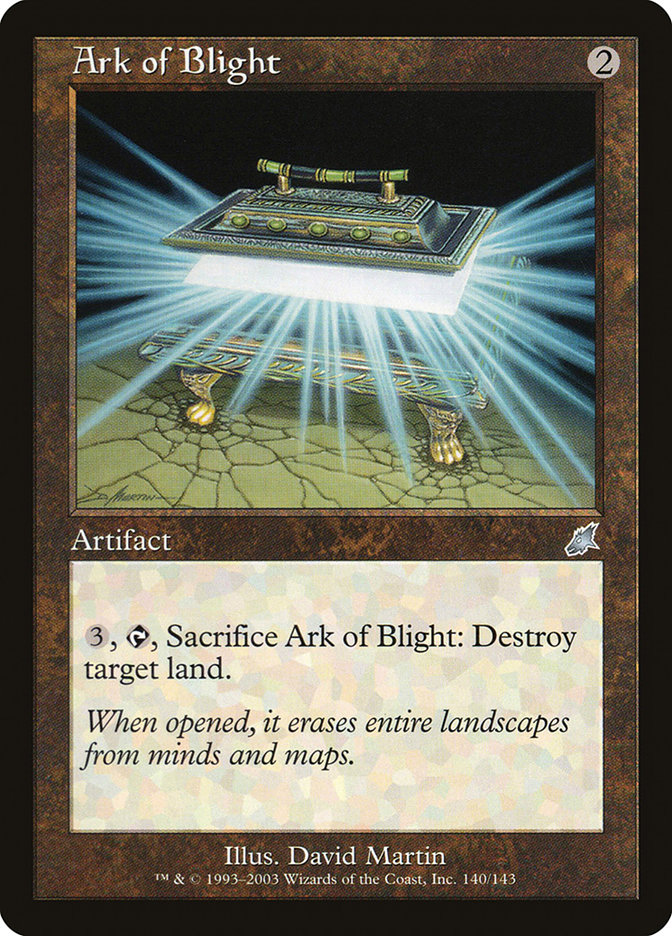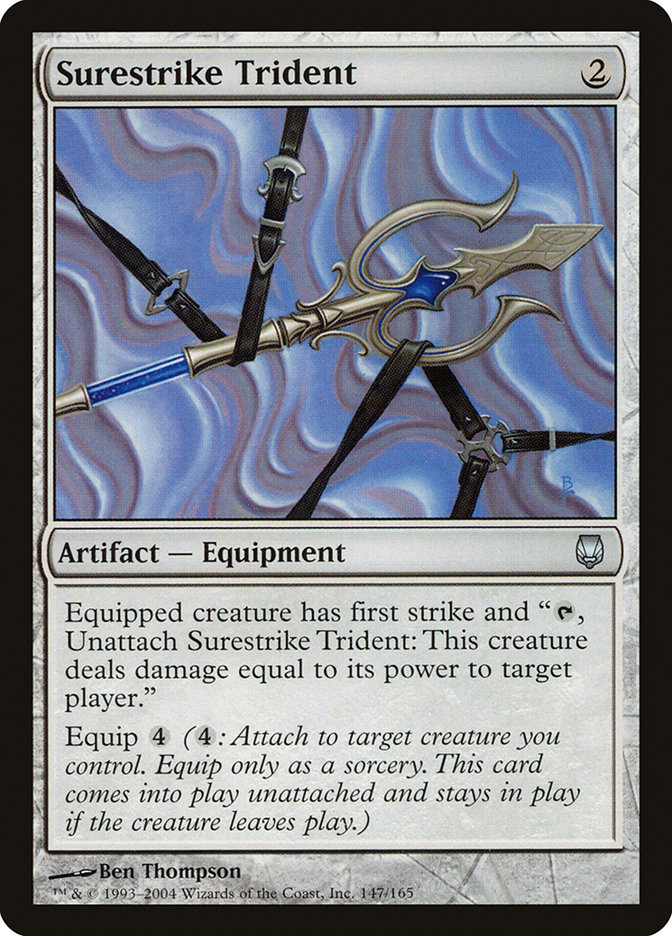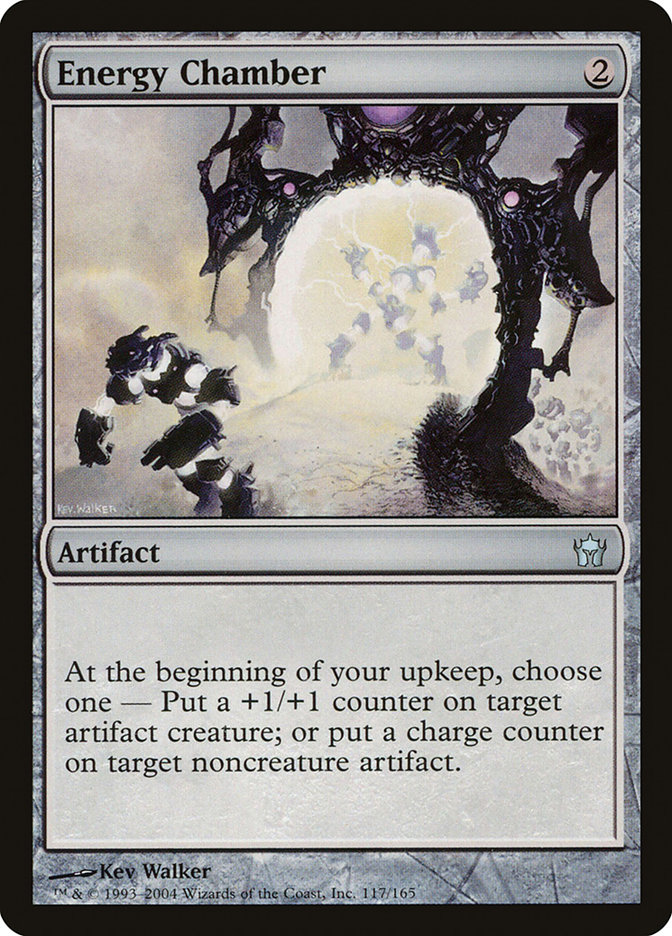Pillar of Origins MTG Card
| Card sets | Released in 2 setsSee all |
| Mana cost | |
| Converted mana cost | 2 |
| Rarity | Uncommon |
| Type | Artifact |
Text of card
As Pillar of Origins enters the battlefield, choose a creature type. : Add one mana of any color to your mana pool. Spend this mana only to cast a creature spell of the chosen type.
Cards like Pillar of Origins
Pillar of Origins stands as a unique mana-fixing artifact in the realm of Magic the Gathering. It draws close comparison to cards like Manalith, which also provides one mana of any color. Yet, Pillar of Origins has an edge for decks focusing on a specific creature type, granting mana solely for that type, which potentially accelerates strategy deployment.
Analogously, we observe Unclaimed Territory, which operates similarly by allowing the tapping for mana of any color to cast creature spells of the chosen type. However, it cannot be used for non-creature spells, where Pillar of Origins does not have this restriction. Conversely, Chromatic Lantern outshines both, offering no limitations on mana usage for any spell type while also granting all your lands the ability to tap for any color. This universality comes with a higher casting cost, however.
Evaluating these options, Pillar of Origins finds its niche within the broad spectrum of mana artifacts. Offering unrestricted, type-specific mana generation, it provides a fine balance for tribal decks seeking a quick and tailored mana boost without the higher cost of more universal solutions like Chromatic Lantern.
Cards similar to Pillar of Origins by color, type and mana cost
Card Pros
Card Advantage: The Pillar of Origins offers a focal point for crafting strategies that hinge on leveraging specific creature types to outpace opponents. This can become a crucial element in decks that aim to take control of the game by consistently getting the right creatures in play.
Resource Acceleration: By providing an immediate source of any color mana for casting creatures of a chosen type, Pillar of Origins acts as a dynamic force, enabling faster deployment of high-impact creatures and potentially accelerating you towards game-changing turns earlier than usual.
Instant Speed: While the Pillar of Origins itself doesn’t operate at instant speed, its resource acceleration can set the stage for wielding instant-speed interactions with unprecedented readiness. The flexibility afforded by being one mana ahead can be the tipping point, allowing players to keep opponents on their toes by seamlessly integrating reactive spells into their plays.
Card Cons
Discard Requirement: Pillar of Origins necessitates a player to select a creature type and discard a card from their hand to generate mana for that specific type. This condition can disrupt your hand, especially if you’re in a situation where card advantage is critical.
Specific Mana Cost: This card targets mana production for a specific creature type, which could be a limitation if your deck isn’t centered around a single tribe. It may be ineffective in decks that include a wide variety of creature types or none at all.
Comparatively High Mana Cost: With an initial investment of two mana to cast, Pillar of Origins may be less advantageous compared to other mana acceleration options available. Considering the mana and tempo loss incurred when you could be developing your board with creatures or other spells, the cost-effectiveness is subject to scrutiny.
Reasons to Include Pillar of Origins in Your Collection
Versatility: Pillar of Origins is a versatile mana-fixing artifact that supports multicolored decks or those with a strong tribal theme. Its ability to tap for any color of mana—as long as it’s for a creature spell—makes it a staple in collections that embrace diverse mana requirements.
Combo Potential: Ideal for decks that capitalize on casting creatures, this artifact can become a key part of combos enabling quicker deployment of heavy hitters or facilitating synergistic plays. Its mana acceleration is valuable in setups that thrive on tempo and timing.
Meta-Relevance: In a game where the meta often shifts towards creature-heavy decks or tribal synergies, Pillar of Origins stands out as an enabler. It allows for smoother and more consistent plays, ensuring that your collection remains competitive and can adapt to evolving gameplay dynamics.
How to beat
Pillar of Origins is a unique mana acceleration artifact from Magic: The Gathering that requires deliberate strategy to overcome. Its ability to choose a creature type and generate mana of any color for casting a creature of the chosen type can be a powerful asset for tribal decks. To counter this card, disrupting your opponent’s mana base becomes crucial. This can be achieved by employing artifact destruction spells or abilities that can target Pillar of Origins directly, removing it from the battlefield before your opponent can fully capitalize on its benefits.
Card interactions that allow you to exert control over the board, such as Counterspell or Naturalize, are effective against Pillar of Origins, negating its activation or preventing its deployment altogether. In competitive play, having a sideboard plan that considers mana-generating artifacts can give you an edge, ensuring you’re prepared to dismantle your opponent’s mana strategy and retain control of the game’s pacing. By employing these tactics, Pillar of Origins becomes less of a threat, and you improve your chances of maintaining a balanced field where your strategy can prevail.
BurnMana Recommendations
Understanding the Pillar of Origins’s strengths and weaknesses is crucial for MTG players looking to sharpen their deck-building skills. With its ability to accelerate your creature plays, it becomes an invaluable resource in tribal-themed decks. If you’re looking to diversify your gameplay and embrace the potential of specific creature types, then mastering artifacts like Pillar of Origins is essential. We encourage all players to consider the strategic edge this card can offer. Dive deeper into the world of MTG and enhance your collection with cards that bring a competitive edge. Join the ranks of informed players who use every turn to its fullest—begin by mastering cards like Pillar of Origins today.
Where to buy
If you're looking to purchase Pillar of Origins MTG card by a specific set like Ixalan and Commander Masters, there are several reliable options to consider. One of the primary sources is your local game store, where you can often find booster packs, individual cards, and preconstructed decks from current and some past sets. They often offer the added benefit of a community where you can trade with other players.
For a broader inventory, particularly of older sets, online marketplaces like TCGPlayer, Card Kingdom and Card Market offer extensive selections and allow you to search for cards from specific sets. Larger e-commerce platforms like eBay and Amazon also have listings from various sellers, which can be a good place to look for sealed product and rare finds.
Additionally, Magic’s official site often has a store locator and retailer lists for finding Wizards of the Coast licensed products. Remember to check for authenticity and the condition of the cards when purchasing, especially from individual sellers on larger marketplaces.
Below is a list of some store websites where you can buy the Pillar of Origins and other MTG cards:
 BUY NOW
BUY NOW BurnMana is an official partner of TCGPlayer
- eBay
- Card Kingdom
- Card Market
- Star City Games
- CoolStuffInc
- MTG Mint Card
- Hareruya
- Troll and Toad
- ABU Games
- Card Hoarder Magic Online
- MTGO Traders Magic Online
See MTG Products
Printings
The Pillar of Origins Magic the Gathering card was released in 2 different sets between 2017-09-29 and 2023-08-04. Illustrated by Dimitar Marinski.
| # | Released | Name | Code | Symbol | Number | Frame | Layout | Border | Artist |
|---|---|---|---|---|---|---|---|---|---|
| 1 | 2017-09-29 | Ixalan | XLN | 241 | 2015 | Normal | Black | Dimitar Marinski | |
| 2 | 2023-08-04 | Commander Masters | CMM | 970 | 2015 | Normal | Black | Dimitar Marinski |
Legalities
Magic the Gathering formats where Pillar of Origins has restrictions
| Format | Legality |
|---|---|
| Historicbrawl | Legal |
| Commander | Legal |
| Historic | Legal |
| Legacy | Legal |
| Modern | Legal |
| Oathbreaker | Legal |
| Vintage | Legal |
| Duel | Legal |
| Explorer | Legal |
| Gladiator | Legal |
| Pioneer | Legal |
| Timeless | Legal |
Rules and information
The reference guide for Magic: The Gathering Pillar of Origins card rulings provides official rulings, any errata issued, as well as a record of all the functional modifications that have occurred.
| Date | Text |
|---|---|
| 2018-01-19 | To choose a creature type, you must choose an existing creature type, such as Vampire or Knight. You can’t choose multiple creature types, such as “Vampire Knight.” Card types such as artifact can’t be chosen, nor can subtypes that aren’t creature types, such as Jace, Vehicle, or Treasure. |
